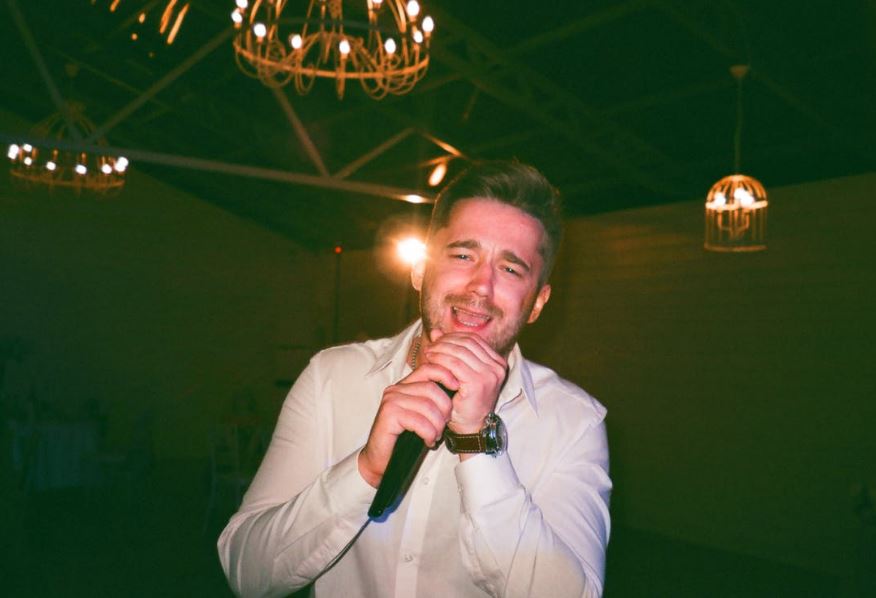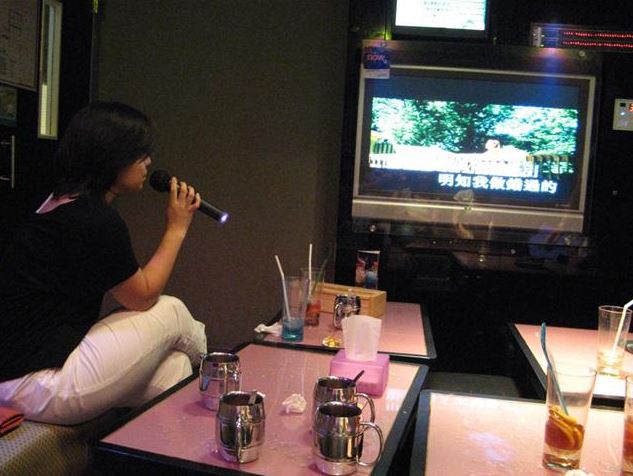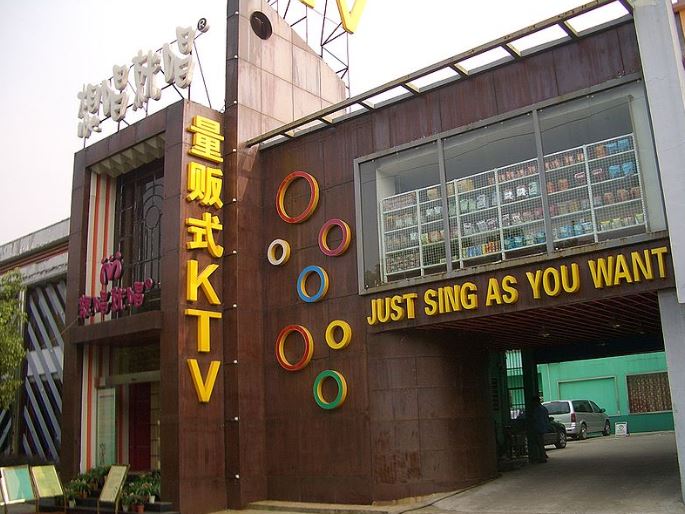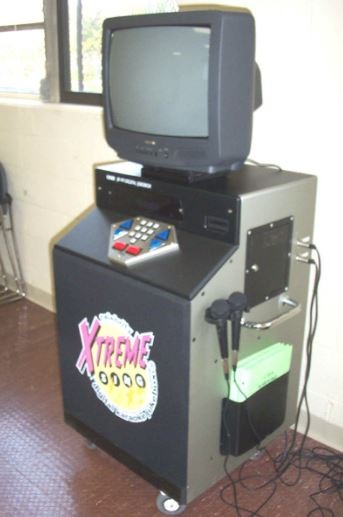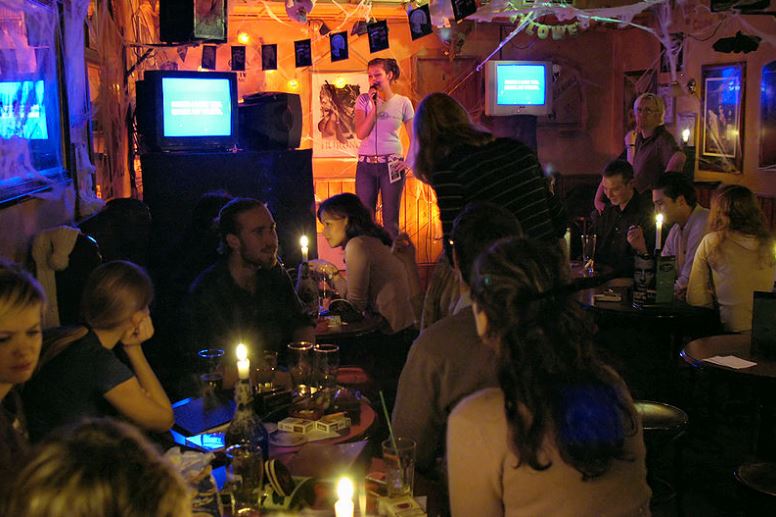Karaoke is a form of interactive entertainment that is commonly found in clubs and bars, in which people use a microphone to sing along to recorded music. The music is an instrumental version of a well-known song. To guide the singer, lyrics are usually displayed on a video screen alongside a moving symbol, changing color, or music video images. A karaoke box is known as a KTV in Chinese-speaking countries and regions such as mainland China, Hong Kong, Taiwan, and Singapore. The global karaoke market is worth nearly $10 billion, according to estimates.
Technically, the Karaoke Sing Along System was invented in the Philippines. This is because it was patented in 1975 by Roberto del Rosario, then president of Trebel Music Corporation. He’s also a prolific inventor, having had 20 devices patented under his title. We’ll walk you through how Karaoke has evolved throughout the world.
Table of Contents
The birth of audio-visual recording devices in 1960.
From 1961 to 1966, the American television network NBC broadcasted Sing Along with Mitch, a karaoke-style series starring host Mitch Miller and a chorus that superimposed the lyrics to their Songs near the bottom of the TV screen for participation by the home audience. The absence of the lead vocalist is the primary distinction between Karaoke and sing-along songs.
Sing-alongs, which had existed since the dawn of time, was fundamentally altered by the introduction of new technology. As the demand for entertainers increased globally in the late 1960s and early 1970s, stored audible materials began to dominate the music recording industry, revolutionizing the portability and ease of use of the band and instrumental music by musicians and entertainers. This could be attributed to the introduction of music cassette tapes, a technology that arose from the need to customize music recordings and the desire for a “handy” format that would allow fast and convenient duplication of music and thus meet the requirements of entertainers’ lifestyles and the entertainment industry’s ‘footloose’ character.
The invention of the karaoke machine in 1970.
The karaoke-styled machine was created in various locations throughout Japan. Even before the invention of the first machines, the term “karaoke” had long been used in Japan’s entertainment industry to refer to the use of instrumental recordings as backing tracks in situations where a live band could not be arranged for a singer. The first prototype was created in 1967 by Japanese engineer Shigeichi Negishi, who ran a consumer electronics assembly business in Tokyo.
He then began mass-producing coin-operated versions under the brand name “Sparko Box,” which became the first commercially available karaoke machine. It used 8-track cassette tapes of commercially available instrumental recordings as media. Lyrics were provided in a paper booklet. However, he ran into distribution issues and soon ceased production of the Sparko Box. Another early pioneer was Toshiharu Yamashita, who worked as a singing coach and sold an 8-track playback deck with a microphone for sing-alongs in 1970.
Daisuke Inoue, a nightclub musician in Kobe, independently invented his own karaoke machine in 1971. His most significant contribution was understanding the difficulties that amateur singers had in singing pop songs and recording his own versions of popular songs in keys that made them easier for inexperienced singers these offered many possibilities like easy karaoke songs for most people to sing opening the possibility of more people enjoying the karaoke experience. As a result, he included a rudimentary reverb function to help mask singers’ flaws. For these reasons, he is frequently regarded as the creator of the modern karaoke business model, even though he was not the first to create a machine and did Not like Negishi or Yamashita, he does not file a patent.
The subsequent developments.
Yuichi Yasutomo, a scientist, created a networked karaoke system for Brother Industries in 1992. It was known as “tsushin karaoke” or “communications karaoke,” and it delivered songs in MIDI format over phone lines to modem-equipped karaoke machines. This new technology quickly spread throughout Japan; by 1998, 94 percent of karaoke was performed on networked karaoke machines. It could be considered the first successful audio streaming service as an early form of music on demand. It also enabled real-time big data analysis of song popularity.
Karaoke quickly spread throughout Asia and other countries around the world. In-home karaoke machines quickly followed but were a flop in the American and Canadian markets. When creators became aware of this issue, karaoke machines were no longer sold solely for karaoke but as home theater systems to improve television viewing to “movie theater-like quality.” Home theater systems became popular, and karaoke was reduced to a secondary function of the stereo system.
The karaoke on cellular phones.
Several companies began offering karaoke services on mobile phones in 2003, using a Java MIDlet that runs with a text file containing the lyrics and a MIDI file containing the music. It is more common to include the lyrics within the same MIDI file.
Researchers have also created karaoke games for cell phones to improve music database training. The Interactive Audio Lab at Northwestern University released Karaoke Callout for the Nokia Series 60 phone in 2006. The project has since evolved into a web-based game and will soon be available as an iPhone application. Many internet storefronts now sell Karaoke for Android, iPhone, and other playback devices.
Karaoke changes due to the COVID-19.
Karaoke has been identified as a high-risk infection site for the airborne COVID-19 virus, and businesses offering karaoke in Japan have been asked to reduce working hours and discontinue offering the service. As a result of the lost income, many people have struggled to pay their rent or salaries, and approximately 10% of all karaoke booth businesses in Japan have closed since the pandemic began.
Industry organizations are now collaborating with medical authorities to help develop guidelines for preventing infection spread. They are putting up stage curtains and acrylic panels, disinfecting frequently and thoroughly, and improving ventilation.
Karaoke is a worldwide phenomenon.
Karaoke is said to have spread to other countries in the 1980s had become extremely popular in Japan, then made its way to Taiwan. Following that, Japanese living abroad, as well as Chinese and other nationals who had lived in Japan, spread it to every region of Asia, and from there it gradually spread to North America and Europe. As it dominates throughout the world, it has evolved in different ways in each country and region. In Europe, as in America, people generally sing in front of others in bars and restaurants. One-person karaoke booths, which are popular in China, are installed in public spaces such as shopping malls and allow people to sing in between trips to different stores while shopping. In China, apps that allow users to sing karaoke with their smartphones are also popular.
The advantages of karaoke.
You may wonder why karaoke is so popular? Here are some clues, a Japanese study found that singing Karaoke can boost your self-esteem, relieve stress, and boost your confidence. Not only that, but it also strengthens bonds between friends and families who participate in it together.
Karaoke improves your singing ability by allowing you to practice and gives you the opportunity to gain confidence, allowing you to become a better performer. Karaoke also allows you to get valuable feedback on your singing, allowing you to improve.
